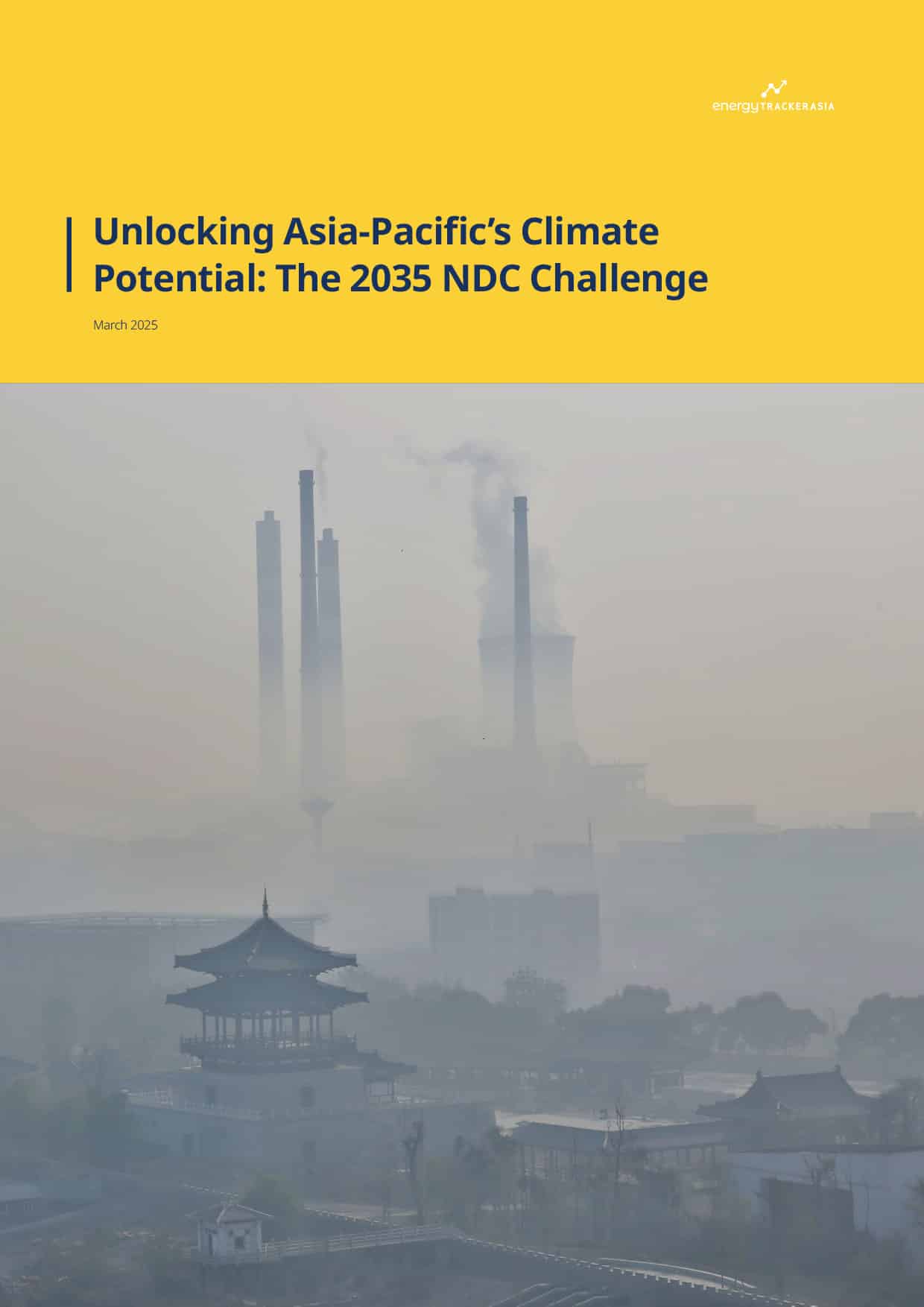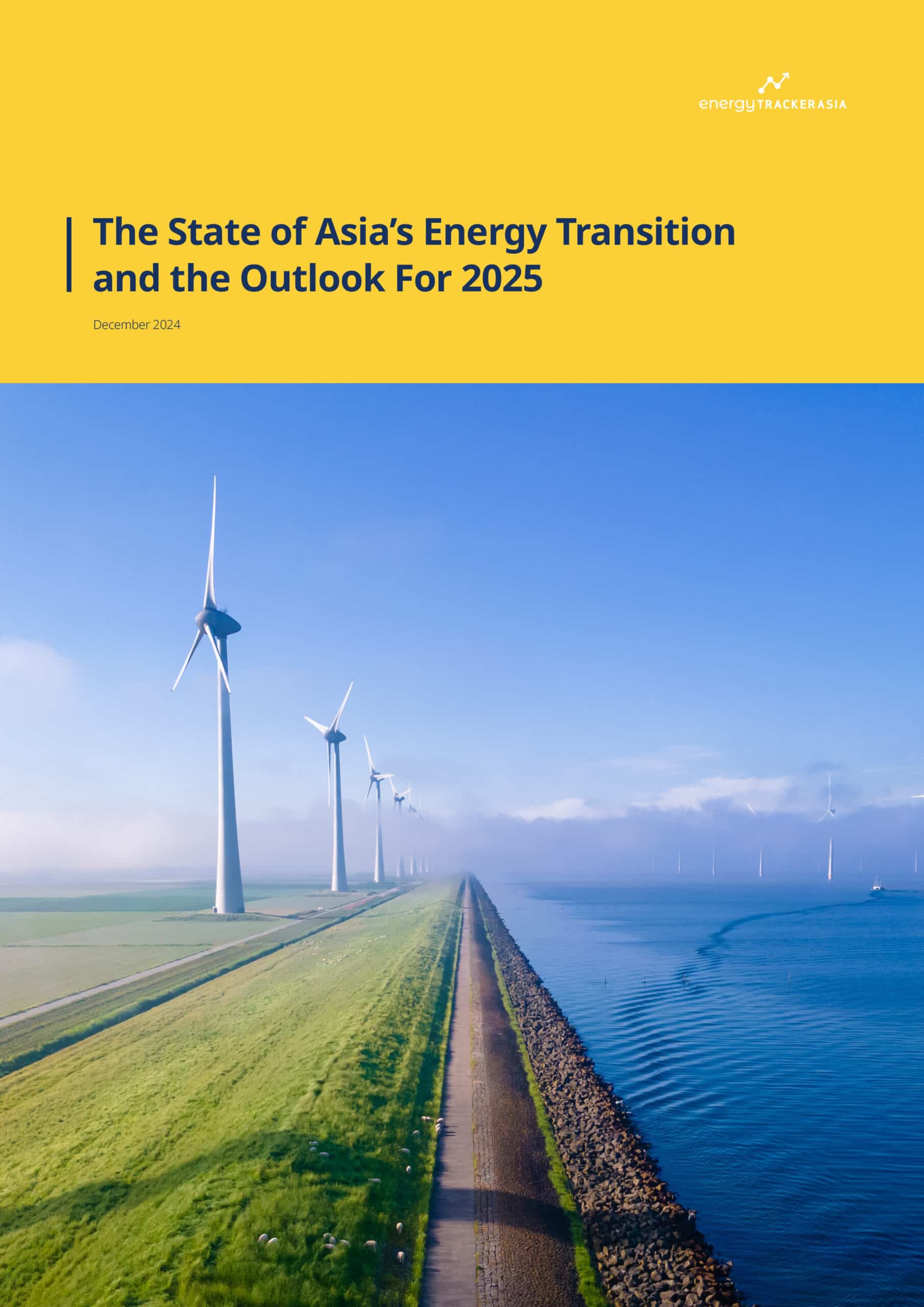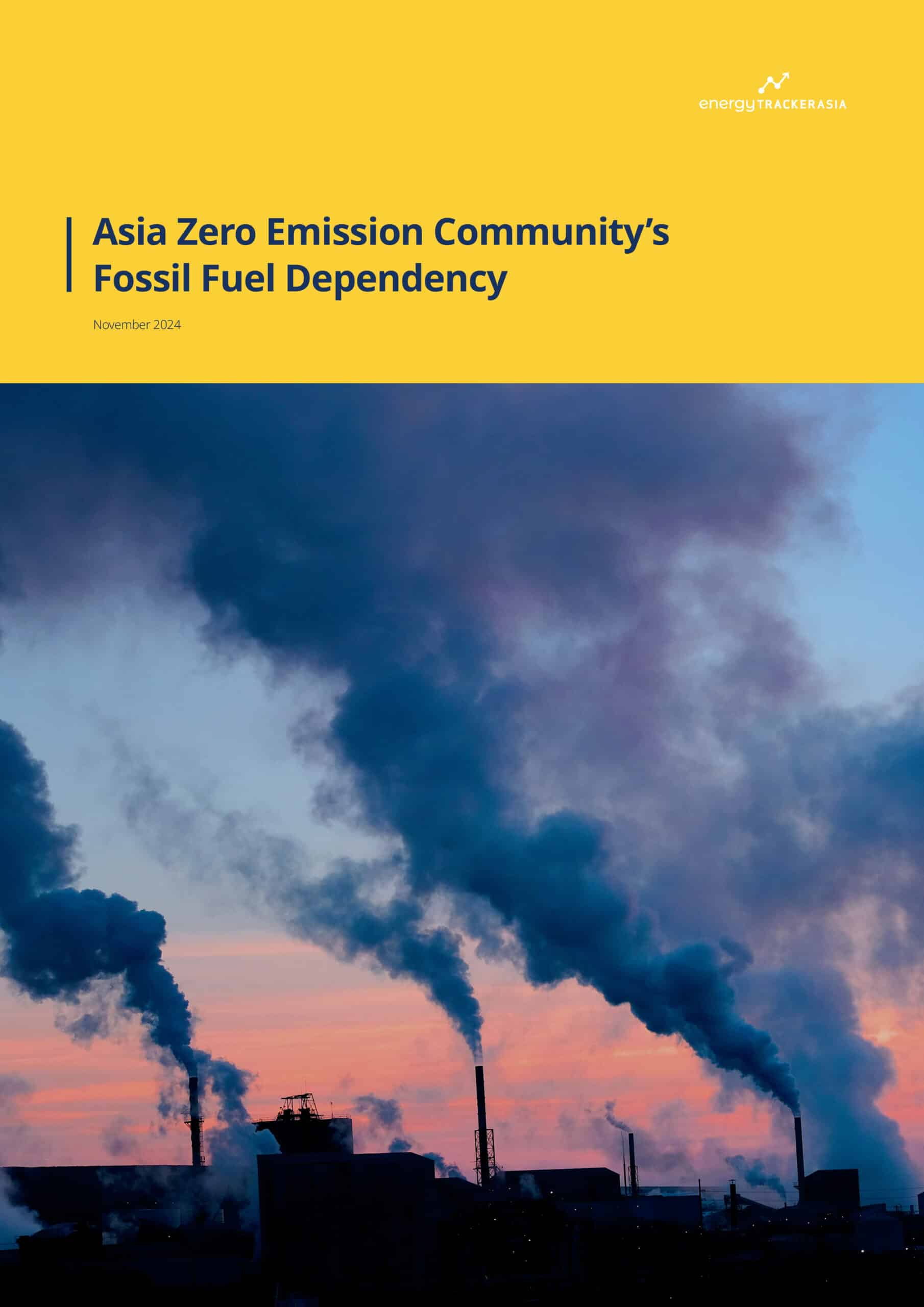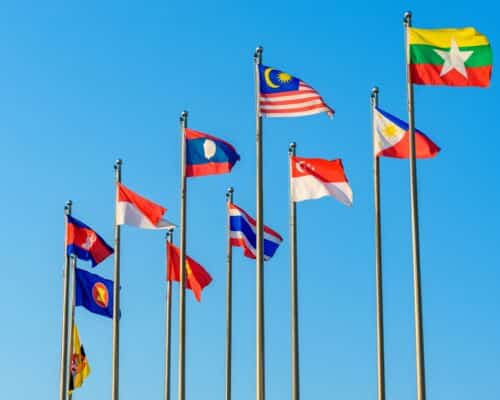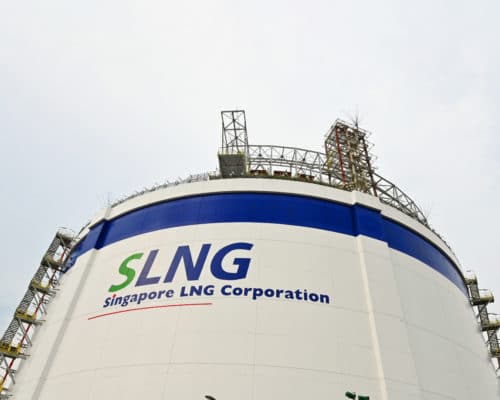Singapore’s 2025 Election Sets Stage for Renewable Energy Strategy
Photo by Tang Yan Song
18 November 2025 – by Tim Daiss
Among growing social and economic headwinds, from the high cost of living to the challenge of navigating US-China tensions, Singaporean Prime Minister Lawrence Wong and the ruling People’s Action Party (PAP) passed their first real test in May in the Singapore general election.
The vote followed February’s release of the Electoral Boundaries Review Committee (EBRC) report, which revised election boundaries, adding new constituencies and redrawing district lines to reflect population shifts. Officials said the changes were based on demographic trends, though opposition figures argued they favoured the ruling PAP. It’s a reminder that even before polling day, political balance was carefully managed.
Wong and the PAP, however, scored a decisive victory in the general election, capturing 87 out of 97 seats and roughly 65.7% of the popular vote. That’s the strongest showing since 2011. The opposition pushed harder on those themes but remained fragmented, failing to dent PAP’s supermajority.
Though the party won in a landslide, opposition remains, revealing deepening layers of citizen discontent. Much work lies ahead, including putting the government’s climate change agenda to the test.
Singapore Green Plan 2030: Clean Energy Limits
The city-state’s net zero plans are ambitions. Singapore’s Green Plan 2030 commits to peaking emissions around 2030 and reaching net-zero by 2050, but significant hurdles persist. It has limited space for solar and wind power due to its small land area and urban density, which are compounded by low wind speeds and other geographical constraints.
To overcome these limitations, the country is using reservoirs for floating solar farms, integrating solar panels onto rooftops and other infrastructure, and exploring offshore hybrid energy systems that combine floating solar with other sources. But it’s not enough. Singapore is also heavily relying on importing clean energy from neighbouring countries to meet its renewable energy goals.
Until recently, Singapore’s carbon emissions reduction plans hinged on developing more natural gas infrastructure. This immense reliance on natural gas, even though it remains cleaner than oil or coal, becomes a complication because achieving net-zero emissions by 2050 requires moving entirely away from all fossil fuels. Power generation still contributes about 40% of Singapore’s total carbon emissions. The city-state currently sources roughly 95% of its power from natural gas.
However, to its credit, Singapore aims to import up to 4 gigawatts (GW) of low-carbon electricity by 2035, roughly a third of its future needs. That’s double the currently planned levels.
Regional Power Grid
As such, Singapore has to continue to seek regional cooperation and energy integration to balance its decarbonisation goals with power security. The government is expanding bilateral and ASEAN-level efforts to develop a regional power grid, building on the Lao PDR-Thailand-Malaysia-Singapore Power Integration Project (LTMS-PIP).
The pilot already allows up to 100 MW of hydropower from Laos to flow through Thailand and Malaysia into Singapore, but that represents only a fraction of what the city-state will need. This is frequently cited as the “pathfinder” for the larger ASEAN Power Grid vision.
Officials hope to scale that model to as much as 4-6 GW of renewable imports by 2035, linking directly with Indonesia and Vietnam as part of ASEAN’s push for a fully interconnected grid by 2040. Still, bureaucratic red tape, differing national priorities and financing gaps continue to slow the rollout of new interconnections, delaying Singapore’s access to cleaner regional energy.
But cross-border power trade needs regulatory alignment, stable pricing and transmission investment in more than one country, none of which Singapore controls on its own. Regulatory hurdles, grid integration and geopolitical constraints have slowed progress, raising doubts about how quickly Singapore can pivot toward clean energy.
Coal Compromise
There’s also a supply-side risk: the same neighbours Singapore wants to buy renewables from —Malaysia and Indonesia — are themselves still running large coal-fired power project fleets and are at different stages of their own transition. That means Singapore must secure long-term green power from countries that haven’t fully decarbonised their grids, which raises questions about certification, guarantees of origin and whether the power is truly “low-carbon”.
Energy Security and Gas Independence
Coming full circle, Singapore’s power system is still about 95% natural gas, so every delay in regional imports means gas stays the marginal fuel, and emissions stay high. LNG price spikes like in 2022 and 2023 showed how exposed Singapore is to fuel volatility, something voters and businesses both care about. So the post-election question is: Will the Wong government spend political capital to push high-cost regional green imports, or settle for cheaper gas and slower decarbonisation?
The Path Forward
For Singapore, the path forward lies in turning rhetoric into regional resolve. The post-election government must accelerate grid interconnection projects like the LTMS-PIP from pilot scale to commercial flow, while finalising long-term power purchase agreements with credible low-carbon partners.
That means using Singapore’s financial strength to underwrite transmission risk and set strict carbon-accounting standards for imported electricity. Doing so would reinforce the city-state’s credibility as a green finance hub and keep its decarbonisation timeline aligned with its digital ambitious. Otherwise, regional inertia and another decade of LNG reliance will undercut both.
If Singapore wants to keep its lights on and its climate credentials intact, regional integration is the difference between a clean energy future and a slow march back into fossil fuel chaos. Hooking into neighbours’ grids brings Singapore bulk renewables at scale, shaves the cost of green power and turns one-off projects into a liquid market rather than a political bargaining chip.
It also blunts price shocks from LNG spikes, gives data centres predictable baseload without burning gas and forces suppliers to meet strict emissions accounting, not selling “green” on paper while burning coal at home. In short: interconnectors and power-purchasing frameworks are the infrastructure that’s needed, decisive and able to change the field. Failure to build them will result in an AI economy that runs on yesterday’s damaging carbon dioxide emitting fuels.
by Tim Daiss
Tim has been working in energy markets in the Asia-Pacific region for more than ten years. He was trained as an LNG and oil markets analyst and writer then switched to working in sustainable energy, including solar and wind power project financing and due diligence. He’s performed regulatory, geopolitical and market due diligence for energy projects in Vietnam, Thailand and Indonesia. He’s also worked as a consultant/advisor for US, UK and Singapore-based energy consultancies including Wood Mackenzie, Enerdata, S&P Global, KBR, Critical Resource, and others. He is the Chief Marketing Officer (CMO) for US-based lithium-sulfur EV battery start-up Bemp Research Corp.
Read more